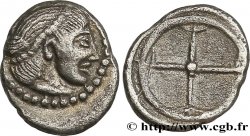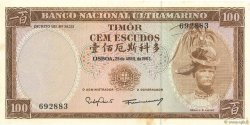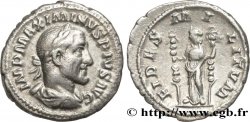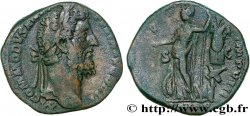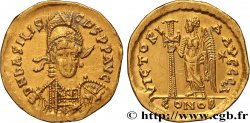v18_0030 - SICILY - SYRACUSE Tétradrachme
MONNAIES 18 (2003)
Starting price : 1 200.00 €
Estimate : 2 200.00 €
Realised price : 1 200.00 €
Starting price : 1 200.00 €
Estimate : 2 200.00 €
Realised price : 1 200.00 €
Type : Tétradrachme
Date: c. 480-475 AC.
Mint name / Town : Syracusa
Metal : silver
Diameter : 23,5 mm
Orientation dies : 11 h.
Weight : 17,44 g.
Rarity : R3
Emission: groupe 3, série 8b
Coments on the condition:
Exemplaire sur un flan court et épais, mais néanmoins bien centré avec un très beau portrait de style archaïque. Droit de haut relief avec tous les détails de la Niké bien visibles au niveau de l’aile
Catalogue references :
Predigree :
Cet exemplaire provient d’une vieille collection des années 30
Obverse
Obverse legend : ANÉPIGRAPHE.
Obverse description : Bige au pas à droite, conduit par un aurige tenant les rênes et le kentron ; le bige est couronné par Niké volant à droite.
Reverse
Reverse description : Tête d'Aréthuse à droite, les cheveux relevés et retenus par un diadème de perles, entourée de quatre dauphins.
Reverse legend : SURAKOSION
Commentary
Poids lourd. Mêmes coins de droit que l’exemplaire de l’American Numismatic Society (ANS. 176) et que celui du trésor de Randazzo (n° 344). Le coin de revers ne semble pas connu. Semble complètement inédit et non répertorié. Manque aux principaux ouvrages consultés.








 Report a mistake
Report a mistake Print the page
Print the page Share my selection
Share my selection Ask a question
Ask a question Consign / sell
Consign / sell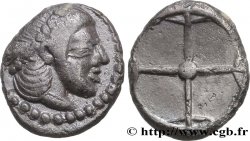
 Full data
Full data

